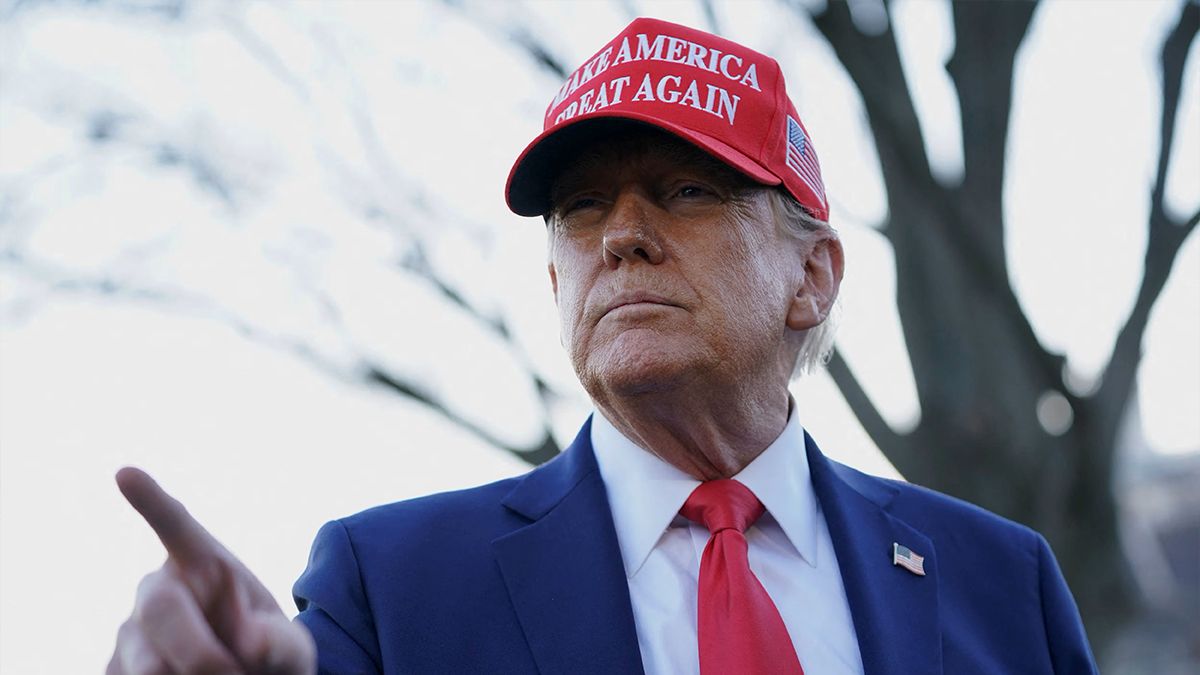Civilians must be kept out of fighting and protected at all costs. But what if fighters hide behind them?
The Israeli attack on a school in the Gaza Strip that was used as a place of refuge, which left many dead, has sparked outrage around the world. Israel says Hamas fighters were hiding there. What is permitted under international law and what is not?
Are Hamas fighters allowed to hide in civilian facilities such as schools or hospitals in the Gaza Strip and launch attacks from there?
No. The Statute of the International Criminal Court lists as a serious violation of international law in international armed conflict, among other things, “the use of the presence of a civilian or other protected person to deter hostilities from certain points, areas or armed forces.” International humanitarian law states: “It is prohibited to use civilians as human shields for military objectives or to direct the movements of the civilian population in such a way that they shield military objectives from attack or cover military operations.”
What if they do it anyway?
The International Committee of the Red Cross (ICRC), which monitors compliance with international law, explains: “However, a hospital or school can be a legitimate military objective if it contributes to specific military operations of the enemy and its destruction represents a clear military advantage for the attacking side.” Hospitals and schools must be protected under international humanitarian law, but they lose their protected status under certain conditions: “For example, if a hospital is used as a launching pad for an attack, as a weapons depot or as a hiding place for healthy soldiers/combatants,” says the ICRC.
Is a school or hospital a legitimate target for an attack?
First of all, it is clear that international humanitarian law is not suspended if one side violates it, for example by using people as shields from attacks. “The actions of one of the parties do not release the other party from its obligations under international humanitarian law,” said the UN High Commissioner for Human Rights, Volker Türk, in November 2023.
In any case, it always depends on the exact circumstances whether a civilian target can be attacked if military fighters are hiding there. It must always be weighed up whether the feared damage is proportionate to the desired goal. “The principle of proportionality states that the damage must be kept as small as possible. (…) Objects may not be attacked where it is expected that civilians will lose their lives or that civilian targets will be damaged if the extent of this damage exceeds the expected concrete and direct military benefit,” explains the Baden-Württemberg State Office for Political Education.
How the UN Human Rights Office assesses the situation
“It is obvious that some on both sides view the killing of civilians as either acceptable collateral damage or a deliberate and useful weapon of war,” Türk said in November 2023. “This is a humanitarian and human rights catastrophe. It represents a breakdown in the most basic respect for human values.”
Source: Stern
I have been working in the news industry for over 6 years, first as a reporter and now as an editor. I have covered politics extensively, and my work has appeared in major newspapers and online news outlets around the world. In addition to my writing, I also contribute regularly to 24 Hours World.




